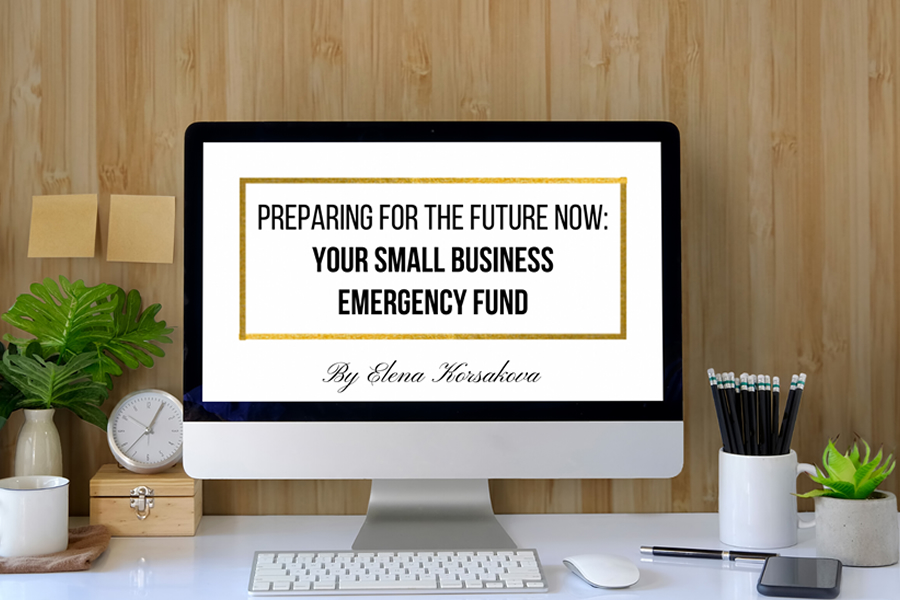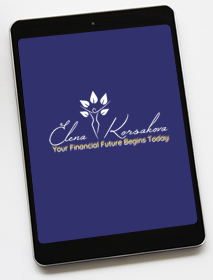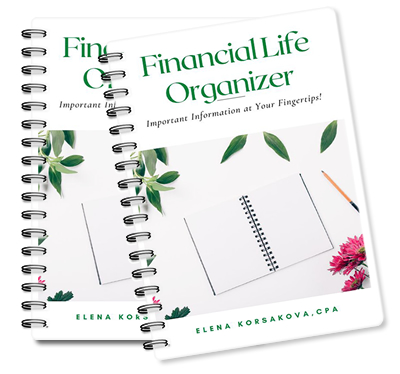Do you find it hard to imagine putting away 5-10% of your income each month into a savings account for your business? Would you rather keep all of your hard-earned money for spending and necessities? Well picture this: after years of pocketing 100% of your income, your business is rocked by an unforeseen market crash and you go six months without a profit. Or, something like the Covid-19 pandemic strikes the nation and forces everyone into survival mode. By the time the market rebounds, you are forced to close or downsize, laying off deserving staff members and going without an income of your own while you attempt to rebuild.
But none of that would’ve happened if you had been so lucky as to possess an emergency fund for your business. If this coronavirus pandemic and economic meltdown has taught us anything, it’s that we are better off being prepared in times of uncertainty. First, look for and obtain any financial resources available for small business owners now, like PPP, EIDL loans or unemployment, so your business can survive in the interim. You can find more information on these in my previous blogs. Next, if you’re in luck and your business is in good shape today, start saving for an emergency fund immediately.
I’m sure you have some questions on the logistics of preparing an emergency fund for your business, and I’m here to answer some of the most common in this blog.
How much should be in my emergency fund?
How much you stash in your rainy day fund is entirely dependent on your business type and just how safe you’d like to be. Most often, I recommend small business owners put aside 5-10% of each month’s total income or each revenue check received, whatever is more convenient to you, modeling your business savings on your personal savings. In general, having between three to six month’s worth of expenses in your fund used to be sufficient. Now, however, since we are in the fifth month of the Covid-19 epidemic, I suggest having six months to a year’s worth of necessary expenses at your disposal. This range will need to be adjusted, of course, based on industry culture and liability, as some businesses are more inclined to experience litigious action and lawsuits.
Where do I put the money?
When you’ve come to a conclusion on how much you’d like to save, you then must decide where you will keep your money. The real answer to this question is: anywhere that remains liquid. Liquidity is necessary to a solid emergency fund, as you need to be able to access your funds immediately when you arrive at a rainy day. Though it may be tempting to store your savings in shares of stock or other investments, these are not your friends in times of economic instability–COVID-19 has shown us the fragility of the stock market and we all remember the housing crisis of 2008. Instead, consider money markets, traditional savings accounts, or short-term certificates of deposit. Look for the highest interest rate to grow your money slowly and securely.
Are there any other tips you recommend?
Advice I would give to any friend establishing an emergency fund is: start small, set realistic goals for yourself, and minimize risk while you build up your rainy day fund. And consistency is key. Automate your savings to avoid falling off the slop! You should also be smart when managing your finances, regularly analyze your books and always have a firm understanding of your current financial situation.
If you have further questions regarding building your business’ emergency fund and obtaining available financial resources, please reach out to me so I can assist you further. Additionally, I will personally be answering any questions you may have in my Facebook group, Women Entrepreneurs Creating Change every Wednesday 10am PST. If you are a woman small business owner, I invite you to join the group to stay updated on business finances while benefiting from the various exclusive resources I offer to my inner circle.



 Free Training…
Free Training… Sign Up Below…
Sign Up Below…